There are 2 important things to consider in the construction of your log cabin. First, you need to put 100% resources on your log home’s foundation. Second, the finishing of your cabin is as equally important as its base or foundation. Without these two elements, your log structure suffers from sub-standard value. It will be prone to damage and other related structural problems.
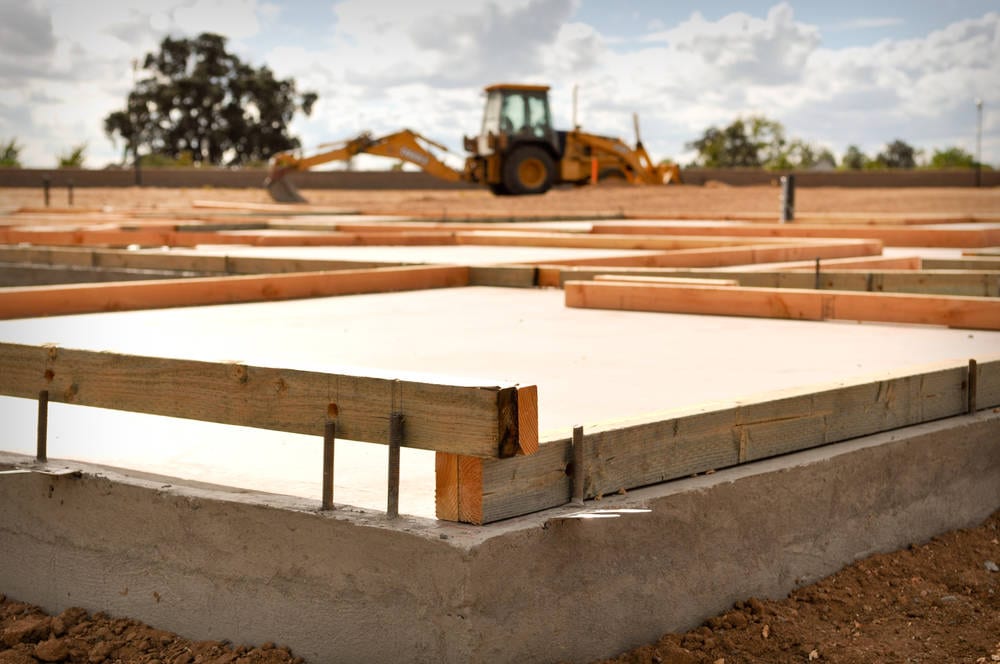
Things to Know about the Log Cabin Foundation
The foundation of your log home technically and safely transfers the load and weight of the structure through the ground. The rule of thumb in every construction project is that the base or foundation should be strong and durable before building the log home upon it. A log cabin foundation must have the strength and stability in order to protect the cabin from 2 things:
1. Settlement
Without a strong and durable base, there is a tendency for the log home to sink into the ground. This is due to the load and weight of the cabin that forces the soil on which it stands to move away. Settlement is a typical issue during the early life of the log cabin.
2. Subsidence
Unlike settlement that occurs early in the construction of the cabin, this particular issue occurs over an extended period of time. However, subsidence is easier to spot, especially in more severe cases. One of the most common manifestations of this problem is when the log cabin is lopsided. This happens due to the moving away of the soil from the cabin and the removal of the surrounding foundation over time.
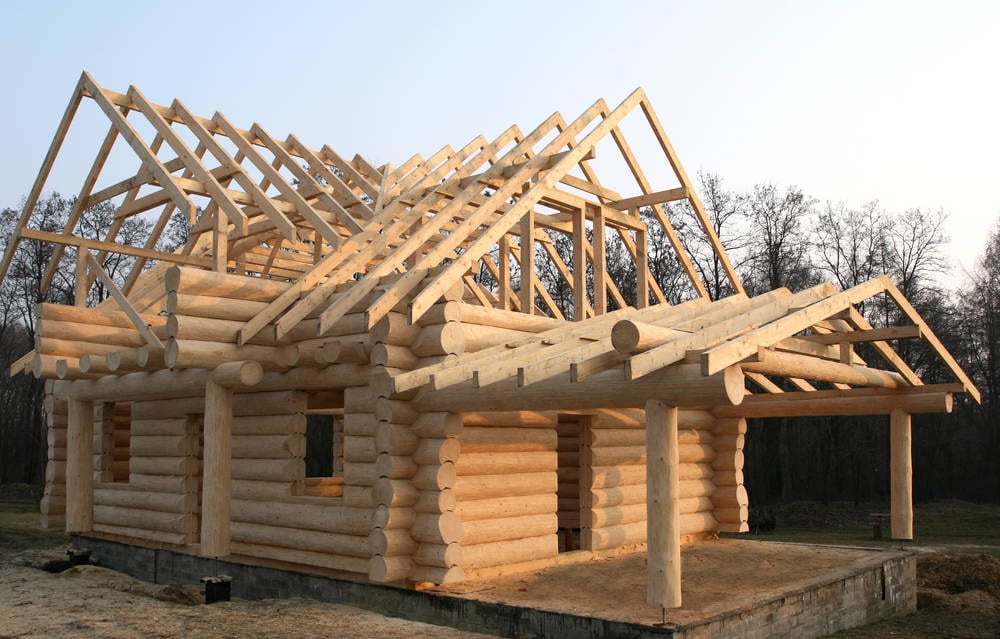
Factors that Affect the Cabin Base
Before going into details regarding the different types of log cabin foundation, it helps to know the influential factors in choosing a cabin base:
* Rock and soil type of the soil (e.g. chalk, gravel, rock, peat, clay or sand)
* Rock and gravel contours
* Water tables
* Log home size
* Construction budget
* Topography or site ground
* Drainage design
Types of Log Cabin Foundation
Before making your choice, always remember not to over-engineer the base of your cabin during the design phase. Log homes are different from brick and mortar structures. There are features of a deep foundation that you can skip for your log structure, allowing you to save a significant amount of money.
Check out the following foundation types and their features to help you choose the right base for your log home:
Concrete Base (Raft Foundation)
This traditional and simple foundation technique uses a raft of concrete and lays it underneath the entire log home structure. The main purpose of the raft foundation is to ensure the even distribution of the load of the entire cabin on its base. The load is spread over the floor area of the site. This type of foundation is much cheaper and quicker.
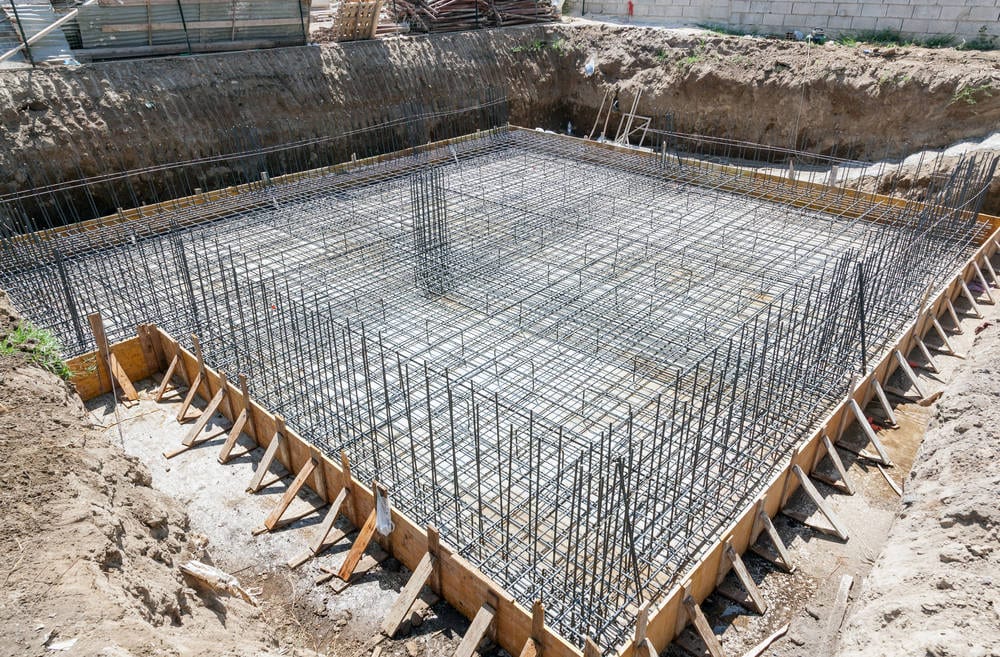
Strip Foundation Base
This is a common construction technique that is used for the base of traditional homes. The foundation uses continuous concrete strips under the load of the cabin through bearing timber. The strip serves as a level standing where the logs are also laid on. It is a good option for a log cabin site with strong soil base.
Pad Foundation (Concrete Piers)
The cabin’s single-point load is carried in this type of foundation. The four corners of the garden cabin rest on the concrete pad thus each pad is underneath the corner of the log home. This foundation is typically square shaped and moulded from reinforced concrete with rebar.
Log Cabin Finishing Overview
The log home finish is the last and one of the most important components of a lasting and well-built structure. A quality exterior and interior cabin finish serves multiple goals particularly the protection of the log home from sunlight and weather. Log home finishes or stains also protect the structure from pests and insects, fungus and mould infestations, and other elements. An attractive stain or colour of the wood grain offers an aesthetic appeal and uniform attraction to the cabin.
Types of Log Home Finish or Stain
Different log home finishes have their own features, pros, and cons. Check out the following cabin stains to see what type best caters for your needs, preferences, and budget:
Oil Based (Alkyd)
This is a widely available type of log cabin finish. It offers wood visibility and enhances the timeless, rustic aesthetics of your wood accents. Most log home stains in this category also have UV protection properties, are non-porous, and easy to apply. The downside of this log cabin finish is that it could make the wood brittle and may trap moisture. It also requires high maintenance to prevent moisture or aggravate signs of weathering.
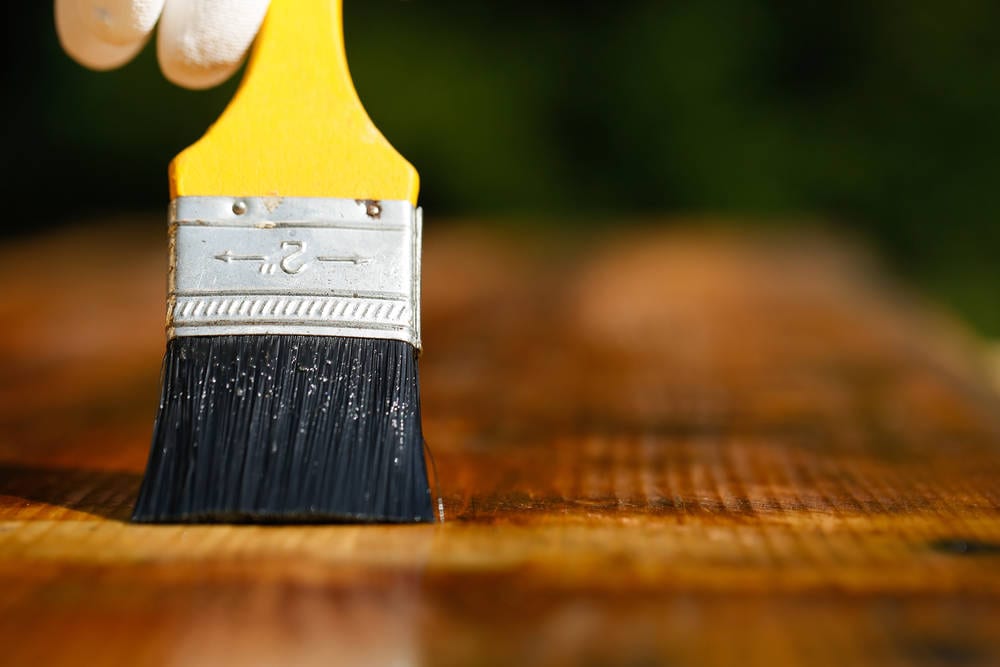
Latex Based (Solid Colour)
Just as oil based log cabin finish is accessible, latex based stains are likewise widely available. These stains offer flexible and breathable staining properties with durable results. Modern log home latex based stains are formulated with high UV protection. The finish is porous, easy to apply, and with low maintenance features. The drawback of this stain type is that it would not prevent decay in favourable conditions. It also has short shelf life.
Varnishes
A log cabin varnish enhances the natural look of the wood and log elements. Varnishes are widely accessible, however they are high maintenance. This type of log home finish is also susceptible to peeling and blistering. Varnished logs are prone to cracking. Moreover, even with varnished surfaces, a log home exterior or interior may still require re-coating every 1 to 2 years. There are also varieties that are quite poorly formulated to protect the log home from UV damage over a long period of time.
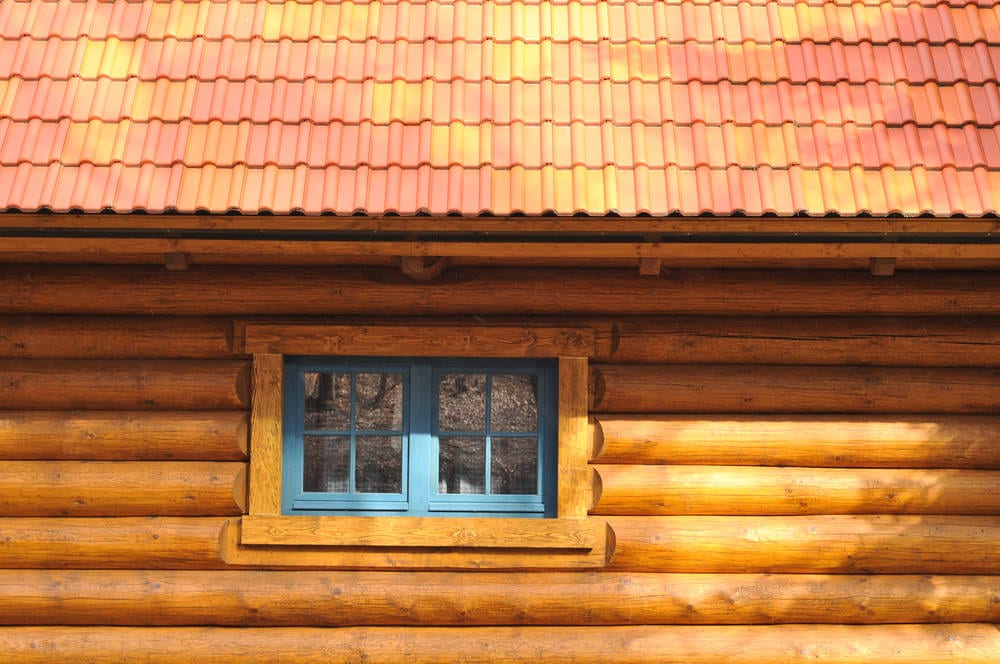
The high performance of a log home finishing depends on proper surface preparation, the environment surrounding the structure, and the log’s moisture content. The best log cabin foundation on the other hand is also dependent on various mentioned factors. Therefore, there is no single foundation or finishing type that suits all types of log homes.












